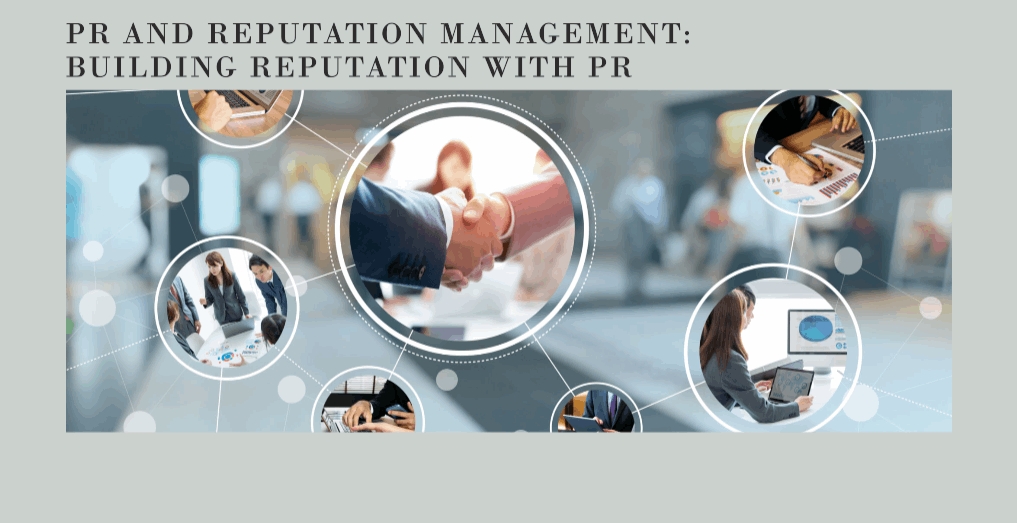Warren Buffet, one of the most successful investors of all time, once said, “It takes 20 years to build a reputation and five minutes to ruin it”. There are countless PR blunders in history to back that statement. In this post, we’ll talk about the role of PR in reputation management so that you can avoid making costly PR mistakes and keep building your brand. We’ll talk about:
- What is reputation management?
- Why it matters
- How to use PR for reputation management
- And more
Let’s dive in.
What is Reputation Management?
Brand reputation management is taking action whenever necessary to maintain your brand’s image. It’s all about building a positive image of your brand and influencing the way people think about your business. Importantly, public relations play a huge part in reputation management.
Why Does Reputation Management Matter?
Reputation management is important because nobody is going to do business with you if you have a negative image. You may even have a hard time hiring employees if your reputation isn’t good.
Role of PR in Reputation Management
Public relations and reputation management go hand in hand. They’re essentially two sides of the same coin. Brands use public relations to build and maintain their reputation. As mentioned earlier, PR is a set of efforts that aim to build a positive bond between a brand and its audience. Let’s talk about how public relations can help you build and manage your brand’s reputation in detail.
Using PR for Reputation Management
Monitor Your Reputation
Start by monitoring your online reputation. Find what people are saying about your brand. If you’re getting praise, use it to get more positive brand mentions. If your brand mentions are less than good, take it as an opportunity to learn and improve your reputation. To know what people are saying about you, keep an eye on review sites, social media platforms, and blogs.
You can use Google Trends to monitor specific keywords. It’ll send notifications to your inbox for free. Mention is another tool that lets you monitor your social media and web presence effectively, but it’s a paid tool.
Start by putting your brand name in Google Search. Look at the first few results. These are often the first points of contact your audience has with your brand. 85% of consumers consider online reviews similar to personal recommendations. So, see if there are any reviews or testimonials that can potentially damage your reputation and address them timely.
Accept Your Mistakes
Let’s face it. You’re going to make mistakes. Every business owner does. Even if you don’t, your employees or partners will. Whoever it is, you need to be prepared to handle all kinds of situations. Don’t ignore your mistakes or think they’ll go away on their own. Own up to them and offer a sincere apology. Everyone admires honesty; your customers are no exception.
Prepare for the Worst
A lot of companies out there don’t take a proactive approach when a crisis hits. They’re reactive, which is the number one reason for negative results. Of course, you can’t prepare for every hypothetical situation. But, to effectively deal with a PR mistake or blunder, you need to have a system in place. Be adaptable and proactive when things go south.
Keep Things Personal
Your online reputation mostly depends on how you respond to negative comments or reviews about your brand. Many companies take a broad approach, which is unlikely to work. You want to address the problem of every individual to keep your brand in the good books of your prospects and customers.
You May Also Like: How to Use LinkedIn for Networking
Give Back
Corporate social responsibility (CSR) is a phenomenon that can take your brand reputation to new heights. As the name suggests, it involves performing social acts that position you as a responsible brand in society.
Hire a PR Reputation Manager
Reputation management through effective digital PR can be time-consuming. If you don’t want to invest your own time into maintaining your image, hire a reputation manager. You can outsource it to someone who has the experience to build and maintain your brand image.
Reputation Management and PR: FAQs
Let’s address some frequently asked questions about reputation management and public relations.
What is PR and Reputation Management?
Reputation management is the practice of influencing a brand’s perception in the eyes of its customers and the general public. PR stands for public relations, which is a set of practices that help you build and maintain your brand’s reputation.
What is the relationship between PR and Reputation?
Both work hand in hand. Reputation management is more about protecting and/or restoring a brand’s reputation. Whereas, PR is more about building awareness and goodwill around a brand.
What is the Role of PR in Brand Reputation?
Public relations helps businesses establish trust with their audience. PR is a tool that helps business owners build and maintain their image with the target audience.
You May Also Like: The Role of AI in Social Media
Conclusion
Digital PR and brand reputation are incomplete without each other. PR involves building connections and creating a positive brand image. Reputation management is more concerned with protecting and maintaining your reputation. Here’s a quick recap of how you can build and maintain a positive brand image with PR:
- Monitor your reputation
- Respond to negative reviews proactively
- Accept and rectify your mistakes
- Hire a PR manager
Reputation management should be an important aspect of running your business. It makes sure your brand stays in the good books of your audience. Tracking what’s being said about your brand isn’t enough though. You need to implement digital PR best practices to build a bullet-proof reputation.




